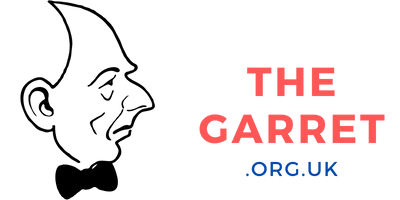Even with the growth in the adoption of 100% digital banks and cryptoassets, large banks remain extremely relevant and profitable in the current scenario. The traditional financial sector has historically been one of the most resilient and profitable even in times of crisis, especially in economies where there are few major players holding the largest market share. In order to mitigate inflation in the country, the authorities of the FED, the US Central Bank, recently increased its main interest rate by 0.75%, marking the biggest increase since 1994. Furthermore, the institution signaled that another similar increase could occur in July. The rise sent the benchmark interest rate into a range of 1.5%-1.75%, the highest level since March 2020, when the Covid pandemic effectively began.
Big banks benefit from high interest rates
Bank stocks generally do well in an environment of rising interest rates, as the interest income they earn from loans and investments increases faster than the amount they pay for financing. The higher the interest rates, the greater the net interest income for banks. Net interest income is a financial performance metric that reflects the difference between the income generated by a bank’s interest-bearing assets and the expenses associated with paying its interest-bearing liabilities. While rising interest rates typically benefit bank stocks, the Bank Index KBW (BKX), an index that tracks the performance of major banks and savings institutions, is down 24% this year. This could be a consequence of investors cautiously weighing the rising risks of a recession with potential gains in margins from higher borrowing costs. With the Fed likely to replicate its 1994 behavior, causing recurring rate hikes over a 12-month period, CNBC Pro looked to the S&P 1500 index for U.S. bank stocks that rose more than 10% during the critical period. from 28 years ago.
Bank shares that could rise 30% in a year, according to analysts
The stocks below are expected to grow at least 10% by the end of this year, and are also listed on the stock exchange by most analysts, who expect them to rise at least 30% over the next 12 months. One of the highlights is the actions of the Charles Schwab (SCHW), which rose 17.7% in the 12-month rate hike in 1994. Net interest income is expected to grow by more than 30% this year. And considering the analysts’ buy position, the stock’s potential is +55.2% over the next 12 months.
O SVB Financial Group (SIVB), parent company of Silicon Valley Bank, also stood out. The bank’s stock gained more than 45% during the 1994 rate hike, and is expected to increase its net interest income by more than 70% this year. Analysts covering equities see a consensus potential for a 71.2% rise over equities.
The actions of Valley National Bankcorp (VLY) rose more than 13% in 1994. The bank is expected to increase its net interest income by 27.3% this year, and analysts give the stock a 42% upside potential.
Other US bank stocks mentioned by the CNBC Pro survey were the First Bankcorp (FNLC) it’s the Cadence Bank (CADE). However, rising interest rates also carry inherent risks. One of them is the possibility of mass sale of securities. In 1994, the Fed’s rate hike led to the “great bond massacre of 1994,” when more than $1 trillion was eliminated from the fixed income market in November 1994. An overly aggressive cycle of rate hikes could also lead to economy into a recession, causing fewer borrowings and potentially greater defaults as consumers and businesses struggle to pay off their debts.
Read too:

